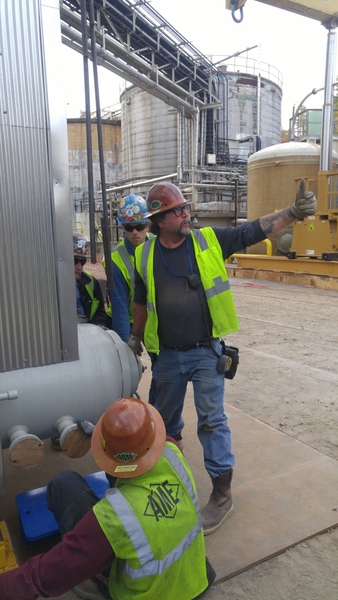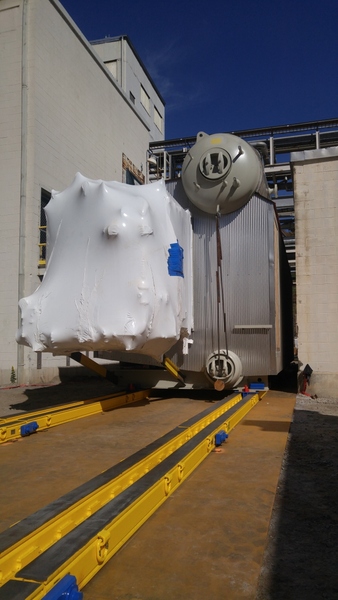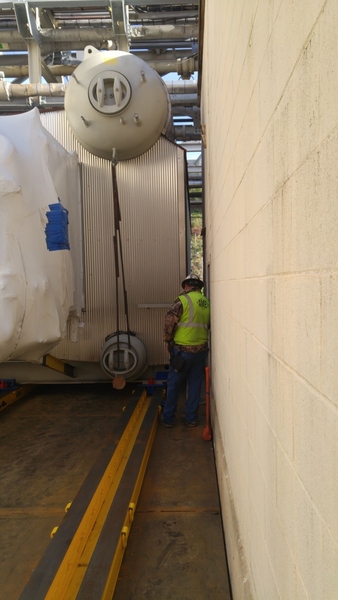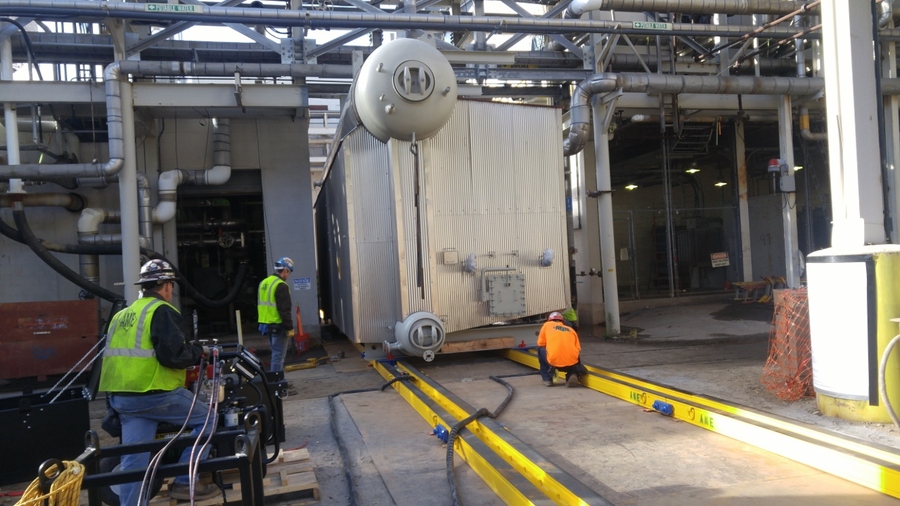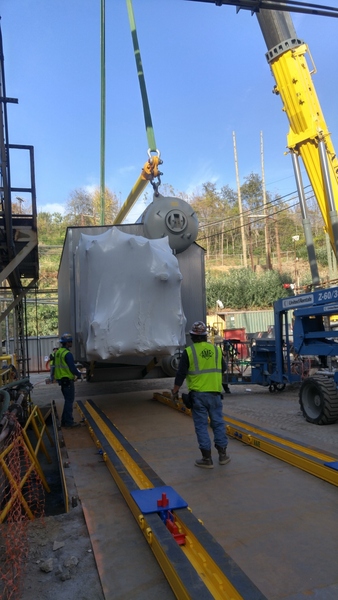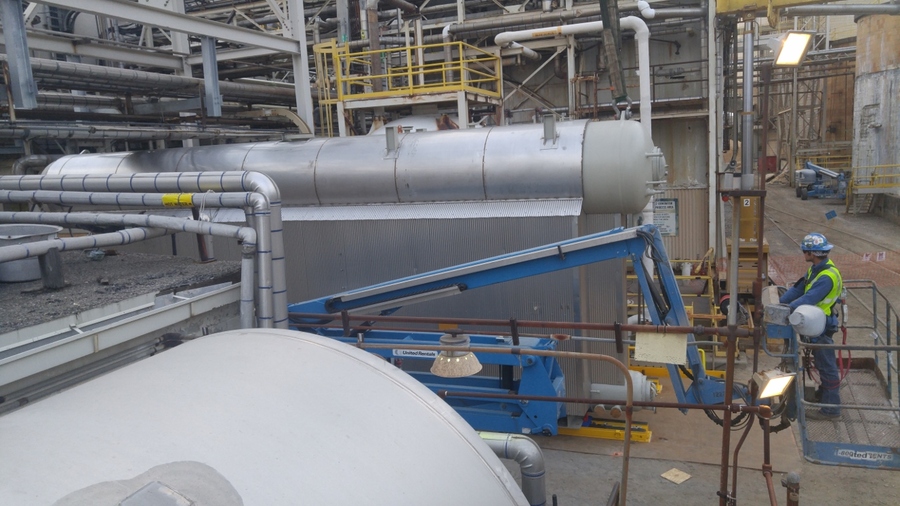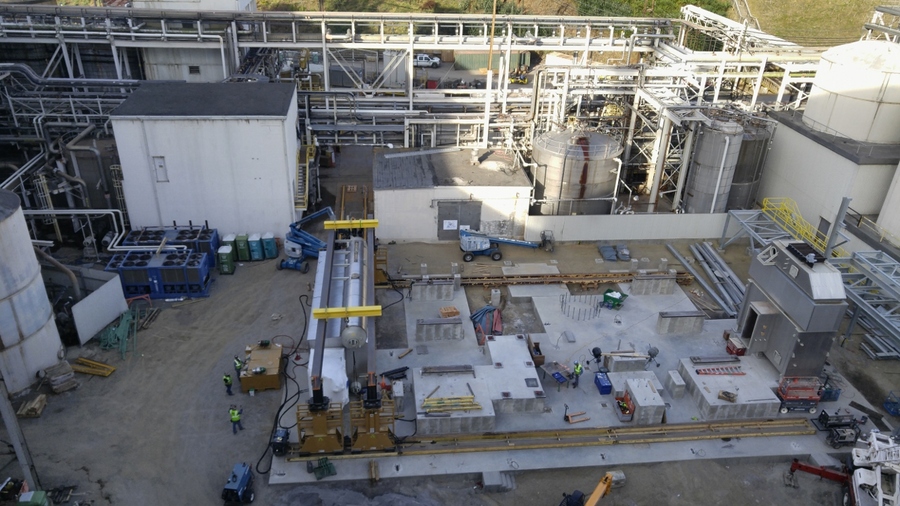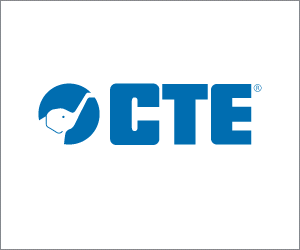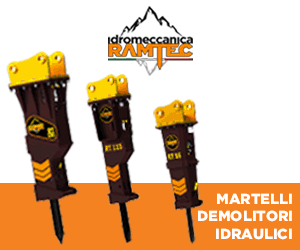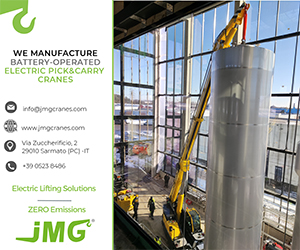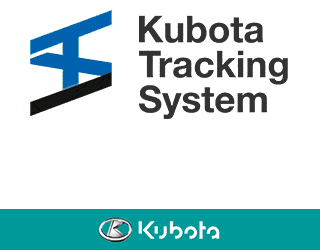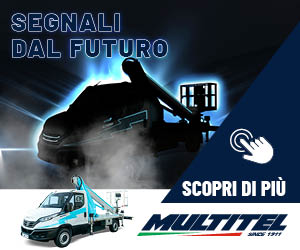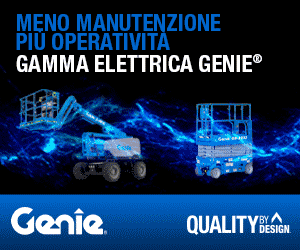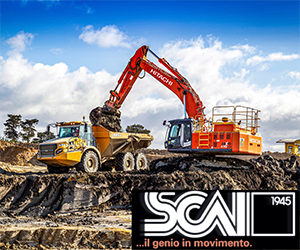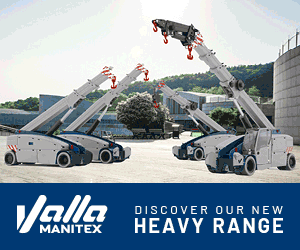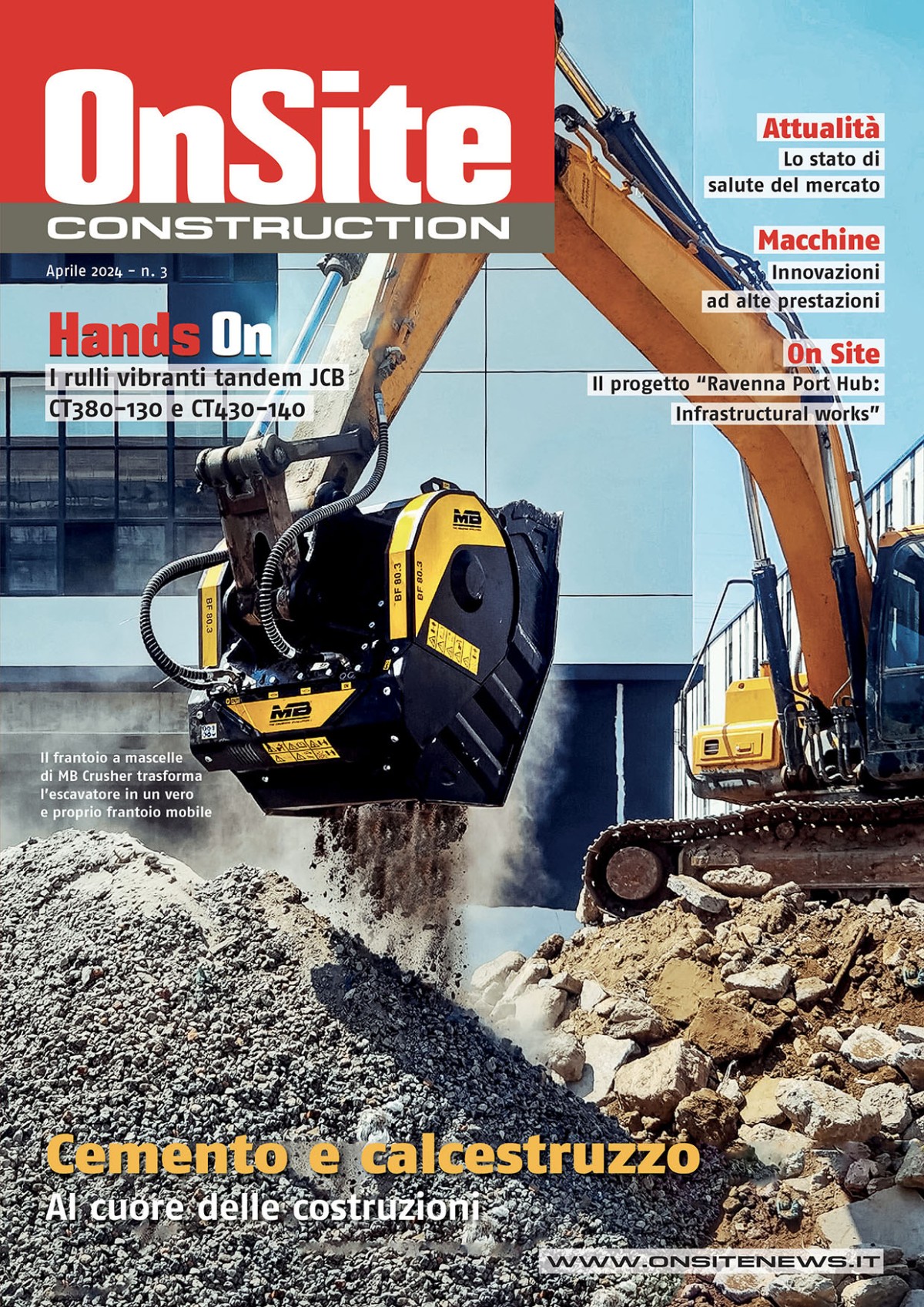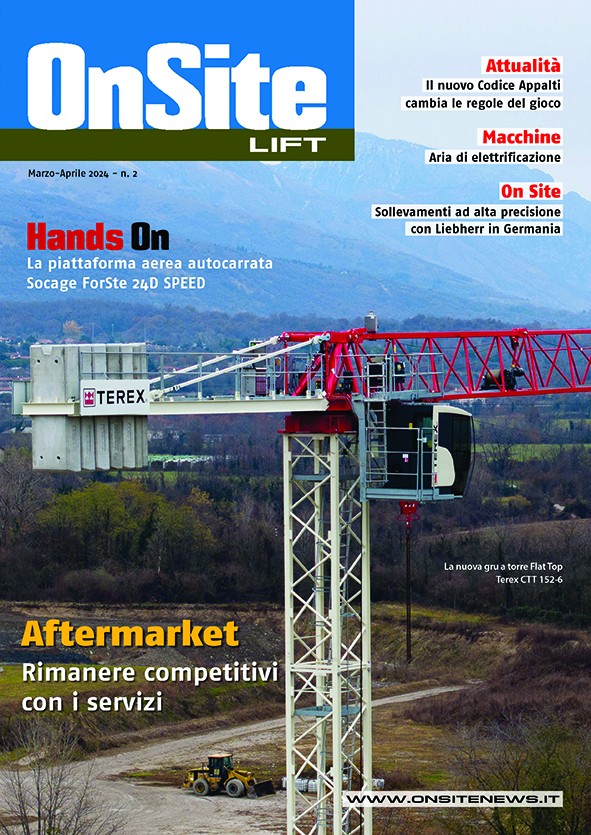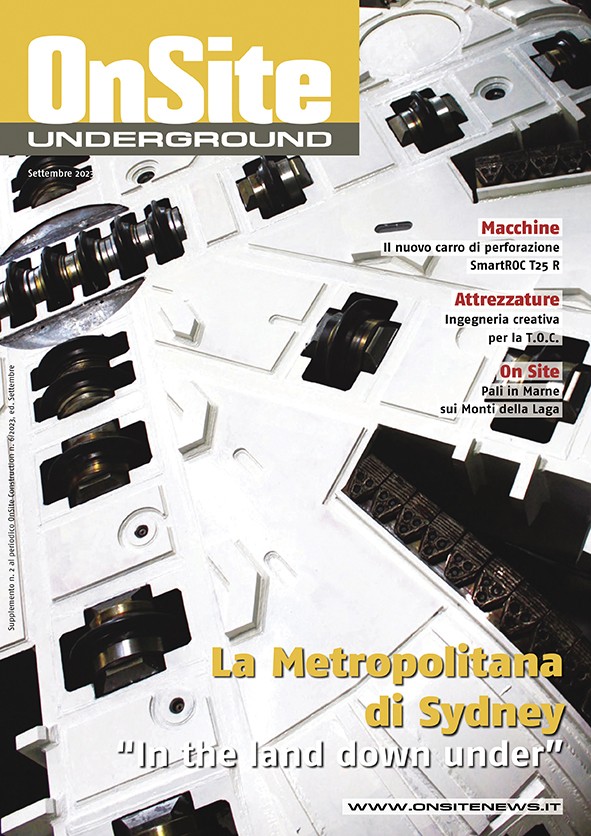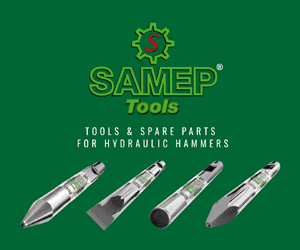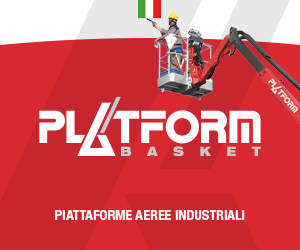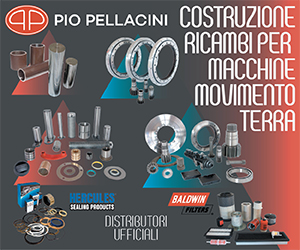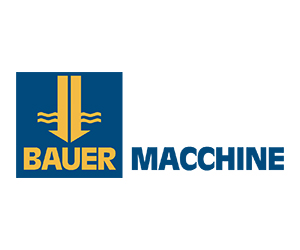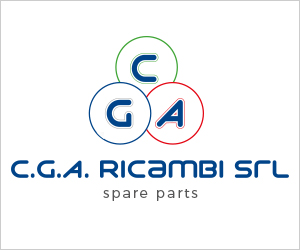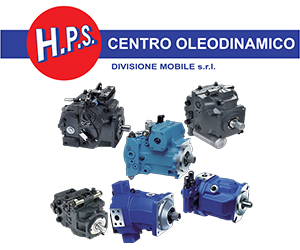Home \ International \ AME Inc. skids boilers at packaging plant
AME Inc. skids boilers at packaging plant
03/01/2017
Pubblicato da Redazione
Lifting and rigging specialist AME Inc. used a 300 ton capacity Hydra-Slide heavy track skidding
Lifting and rigging specialist AME Inc. used a 300 ton capacity Hydra-Slide heavy track skidding system to position two 160,000-lb. boilers inside a packaging manufacturing facility at the base of the Smoky Mountains in North Carolina, USA.
Evergreen Packaging Inc., which produces sustainable, eco-friendly paper and fibre-based products for the food, printing and publishing industries, awarded AME the task of receiving the boilers from a railcar via the onsite rail line, move them to their final position inside the mill and complete their installation by assembling the associated components, all whilst the Canton-based mill remained operational.
AME used a gantry system and a 500 ton capacity Grove GMK 7550 mobile crane to unload each boiler, rotate the units 90 degrees and set them onto the HT300 Hydra-Slide system. The 48 ft.-long, 12 ft.-wide, 16 ft.-high boilers were then skidded 200 ft. under the existing utility trusses and through an alley into the construction site, where a second gantry system lifted them onto their respective foundations. The project presented a number of complications, as Jason Walker, senior project engineer at AME, explained. First, the boilers had to pass through an opening that was 14 ft. wide and 17 ft. high with clearances of only a few inches on each side and to the pipe gallery above.
Additionally, Walker said, “Continued use of the onsite rail lines had to be maintained to allow uninterrupted operation of the facility and the weather could not impact the already tight installation schedule either. The proximity of hazardous materials in chemical storage also necessitated that every crew member had to carry emergency evacuation respirators throughout the process”. Robert Young, director of operations at Hydra-Slide, was present for the initial phase of the project, which covered the slide and placement of the first boiler. The HT300 was onsite for approximately one month, including a week for delivery and assembly, two weeks in use and a final week for disassembly and load out.
It took around three days to move each boiler from the railcars to the foundations—much faster than would have been possible with alternative methods. Walker said there were coordinated schedule adjustments due to ongoing operation of the mill, such as trains coming through the work area as well as steel and piping deliveries for other trades. However, even with such adjustments and leap-frogging the track, the 200 ft. was traversed in about six hours.

Ultime notizie di OnSite News
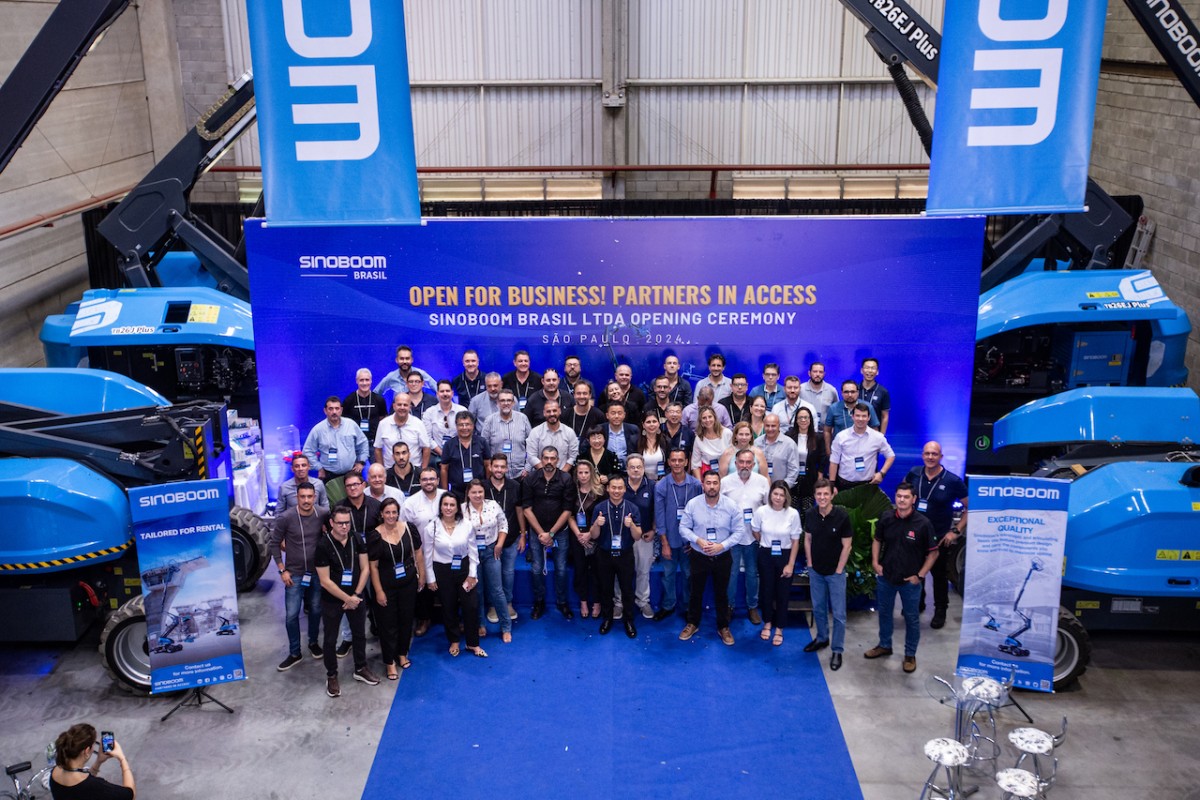
Lifting
16/05/2024
Sinoboom marks South American milestone with opening of Brazil subsidiary
Over 100 Brazilian rental company customers attended the con...
Lifting
09/05/2024
Crane Service provider takes delivery of first Tadano AC 7.450-1 all terrain crane in the Czech Republic
Crane Service provider takes delivery of first Tadano AC 7.4...

Components
26/04/2024
SVAB launches the successor to the popoular joystick Grip L8
At this year’s edition of Intermat in Paris on April 24-27,...
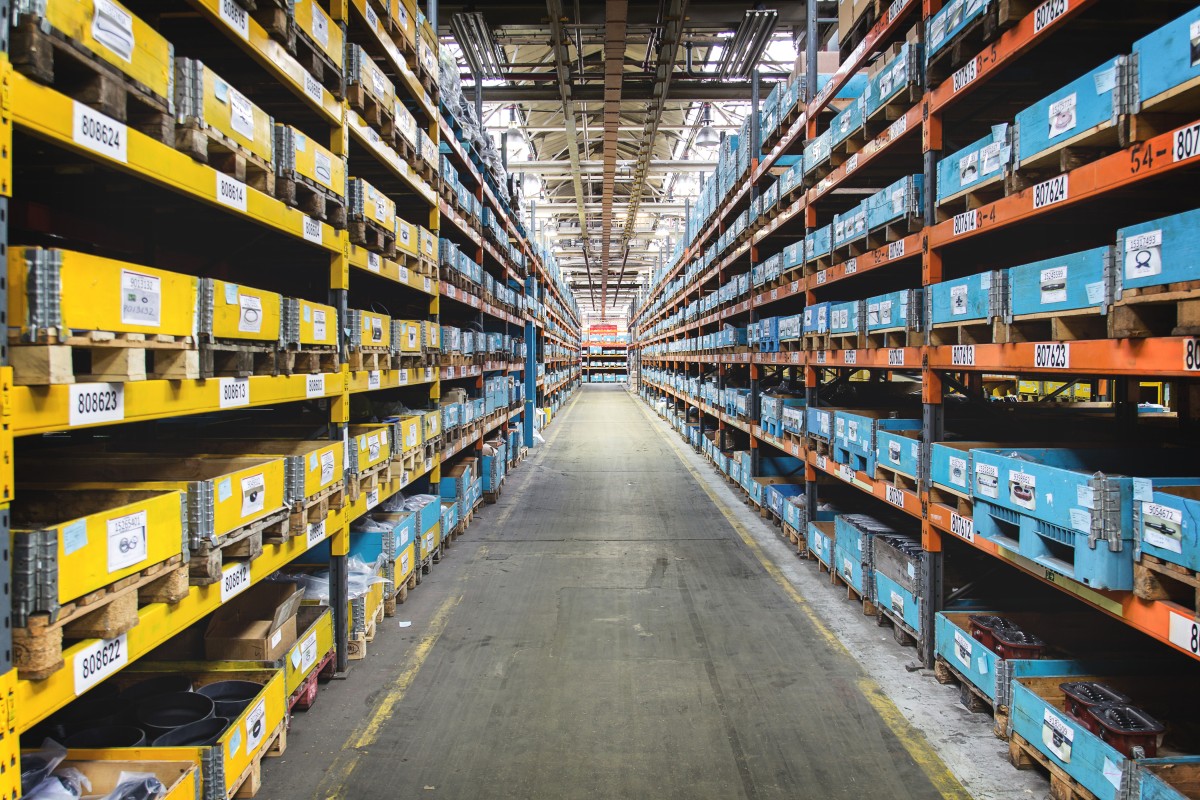
Components
25/04/2024
Genuine parts ensure articulated hauler quality and uptime
The importance of good quality, reliable parts when maintain...
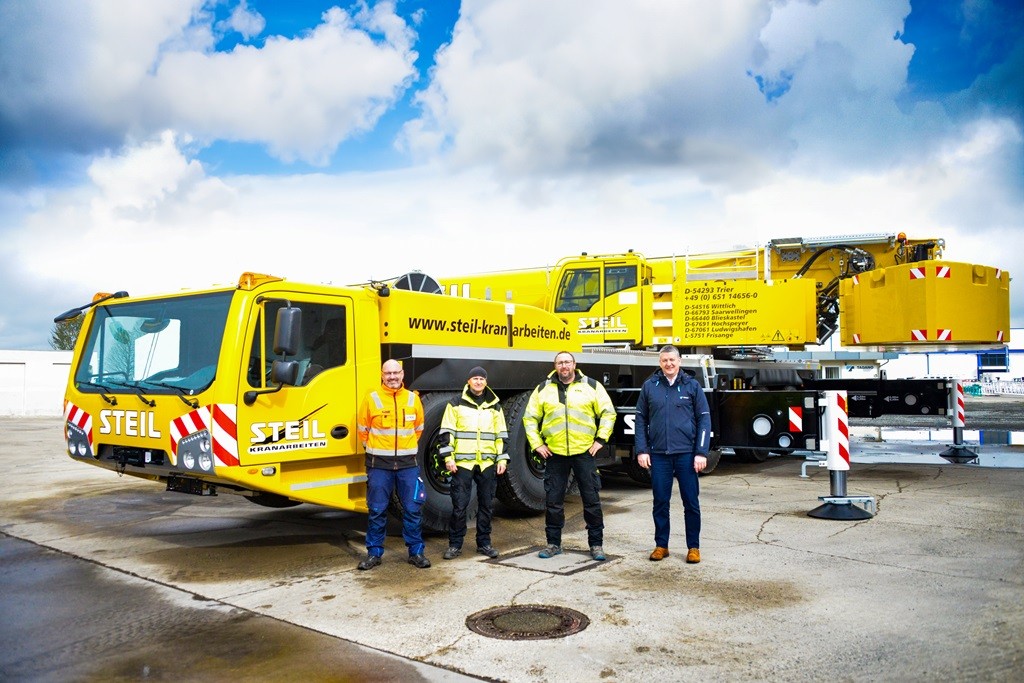
Lifting
25/04/2024
Steil takes delivery of new Tadano AC 6.300-1 all terrain crane
Steil takes delivery of new Tadano AC 6.300-1 all terrain cr...
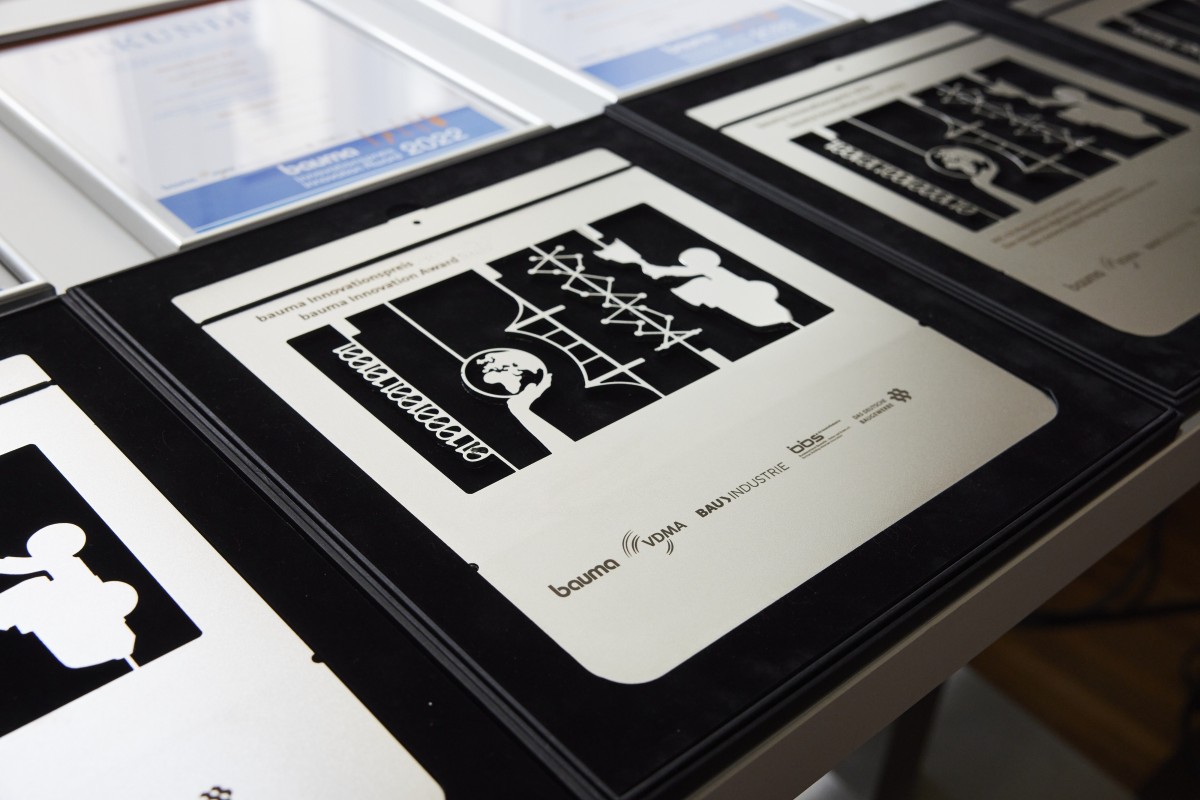
Earthmoving Machinery
23/04/2024
Bauma Innovation Award: Kick-off 2 May 2024
On the occasion of bauma 2025, the leading associations of t...
Altri International
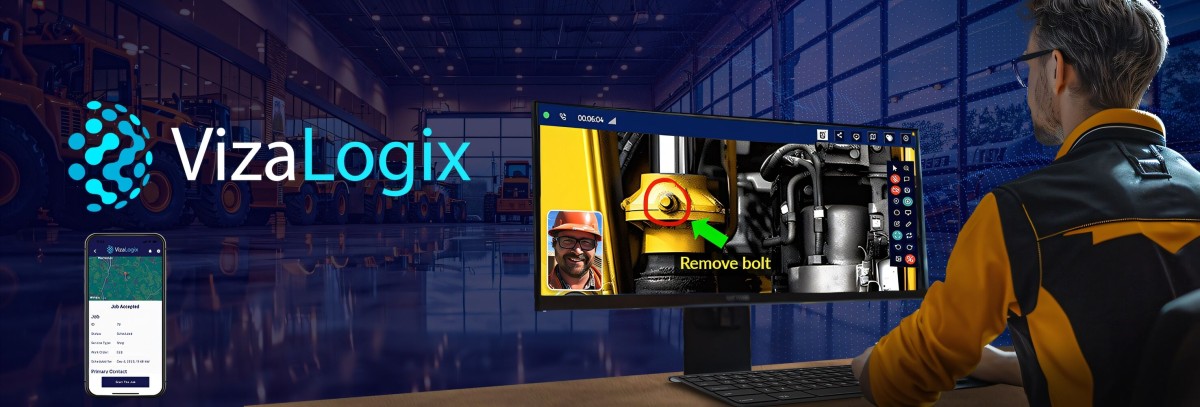
International
17/05/2024
Volvo CE has taken a 22% ownership stake in VizaLogix
Volvo CE has taken a 22% ownership stake in VizaLogix, a US-...
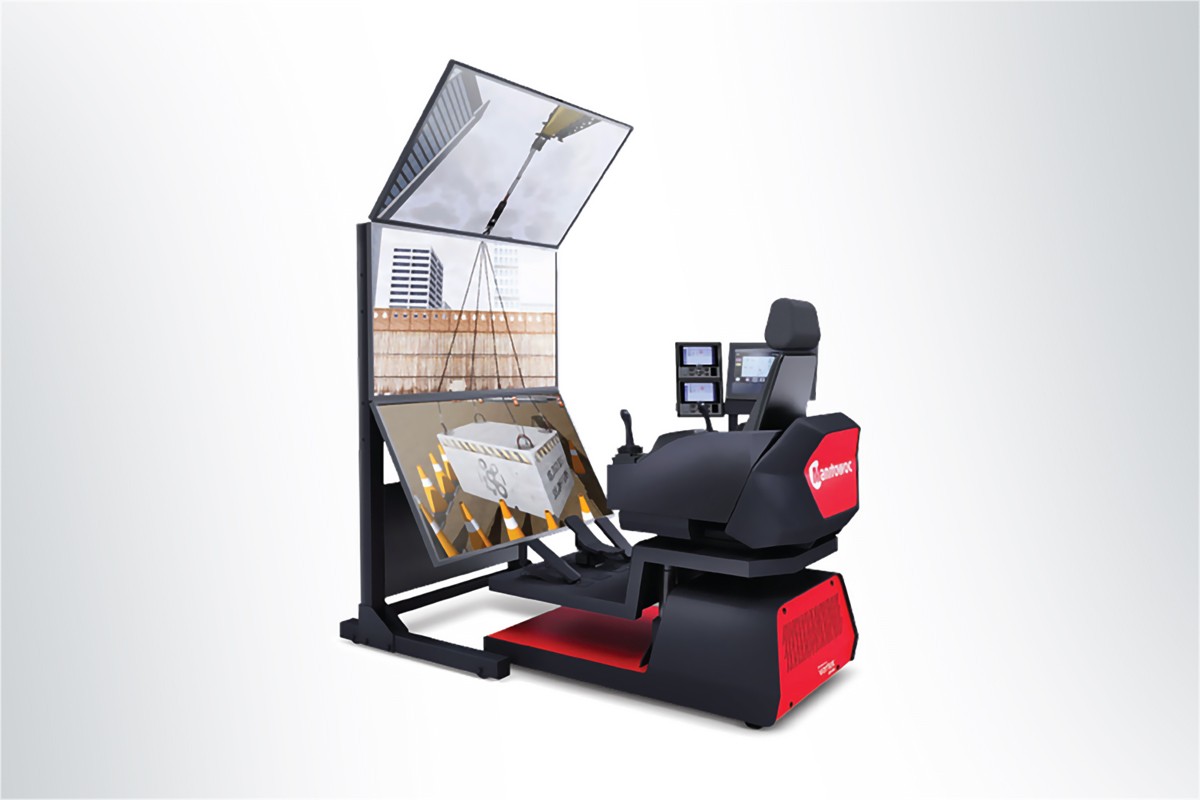
International
17/05/2024
Manitowoc donates crane simulator to IUOE’s training center in Texas
• Manitowoc has provided cranes and technical support to eve...
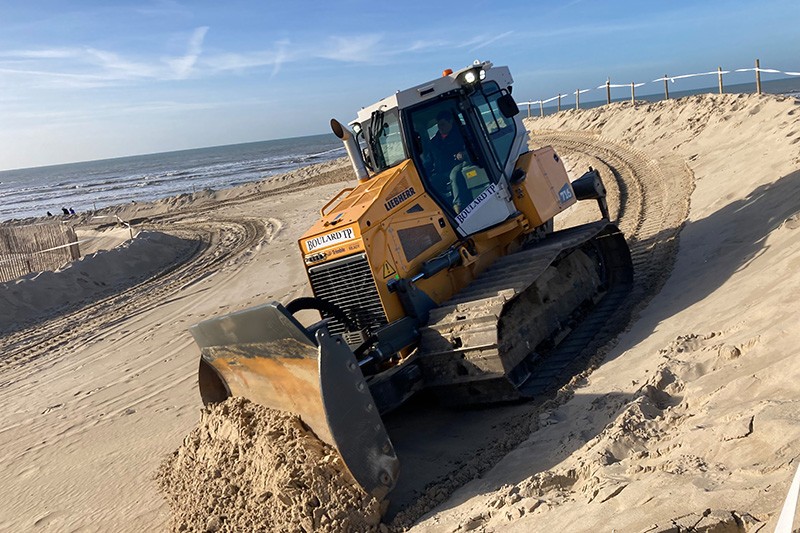
International
16/05/2024
Boulard TP banks on Liebherr Crawler Dozers
Once again, this year France was home to the biggest motorcy...

International
16/05/2024
Sinoboom marks South American milestone with opening of Brazil subsidiary
Over 100 Brazilian rental company customers attended the con...

International
15/05/2024
Hiab expands its spare parts offering
Hiab expands its spare parts offering so every customer find...
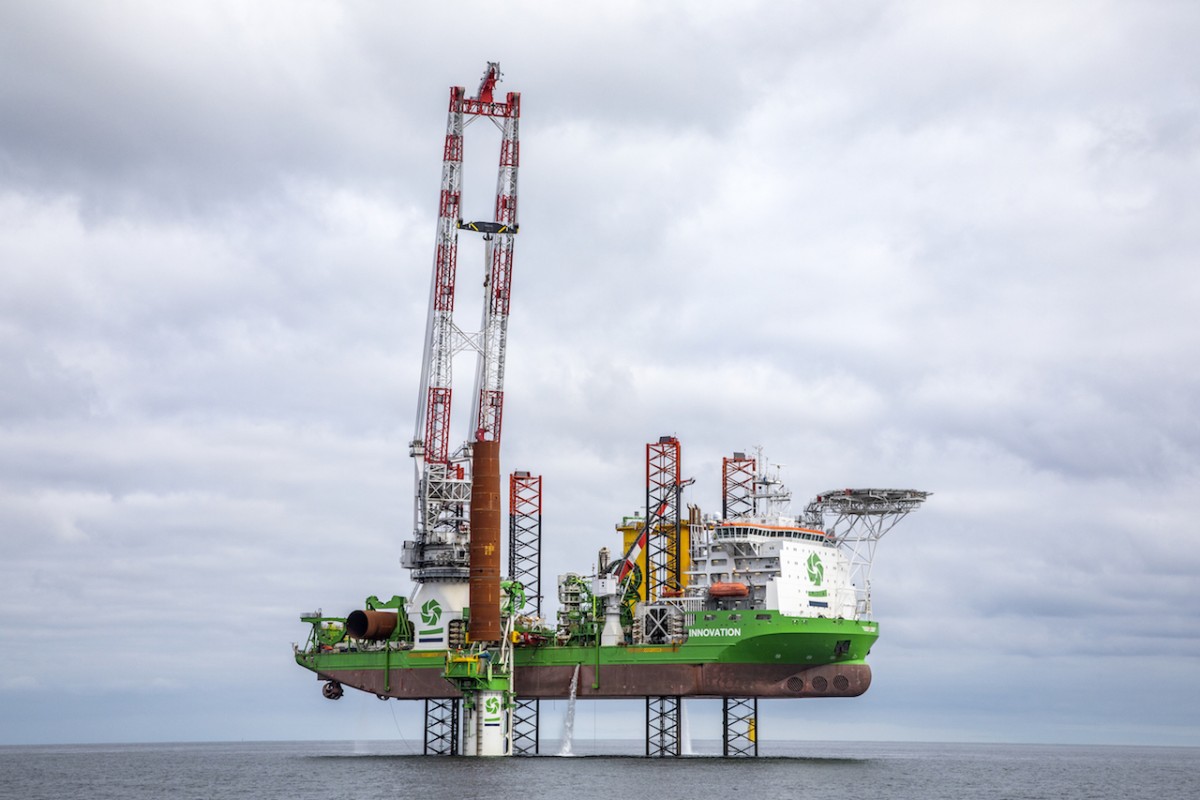
International
15/05/2024
Second wind farm with Herrenknecht OFD technology
Herrenknecht's Offshore Foundation Drilling (OFD) technology...













